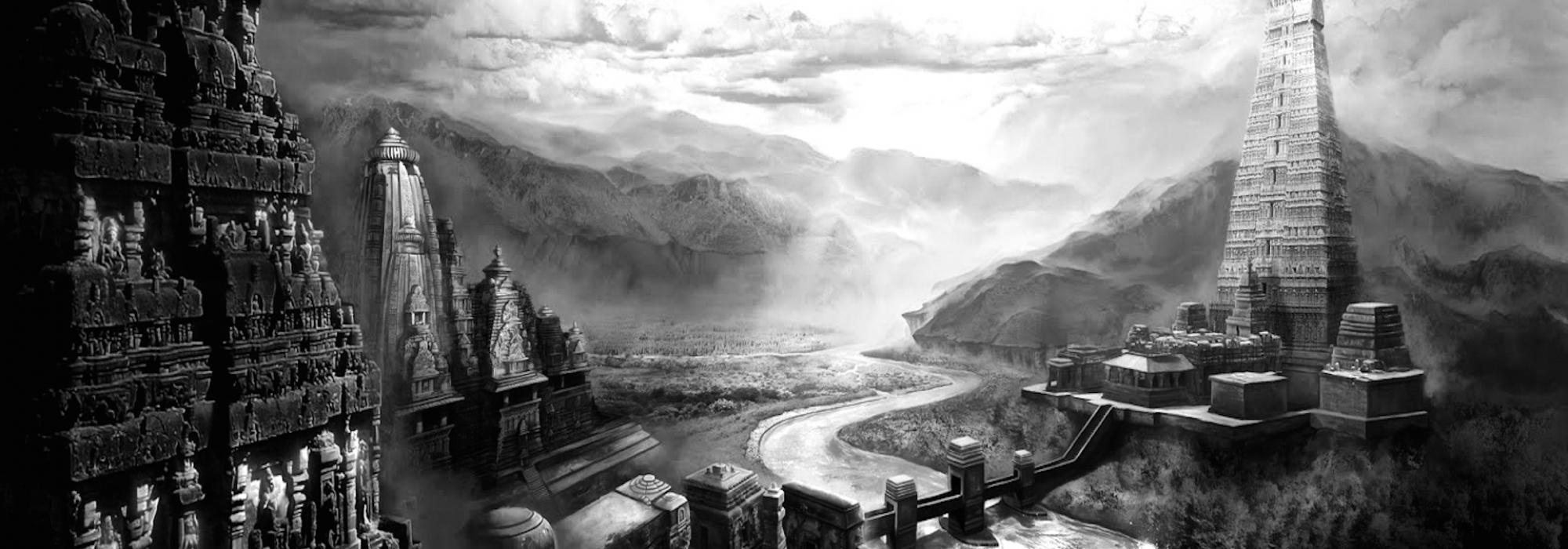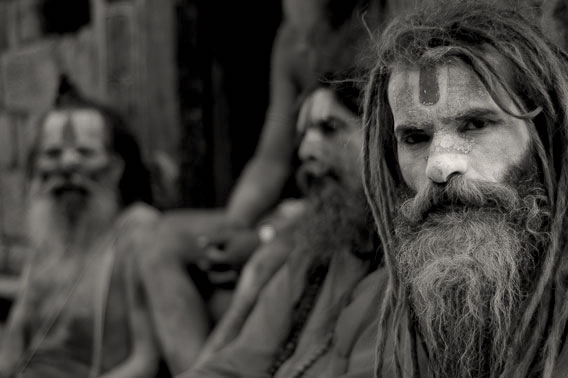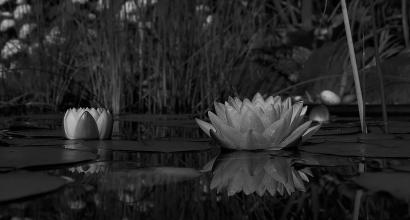Extracts from the Preface
The profiles and lives of all the people portrayed in this volume deserve our respect at all times. My attempt here is to show how the people of an era in our country’s history lived, as well as the ideals they believed in. There’s the renowned verse from the Ishwara’s mouth in the Bhagavadgita:
yadyadācarati śreṣṭhaḥ
tattadevetaro janaḥ|
Other people will try to emulate the behaviour and qualities of the noble people in society. In this manner, we can deduce the state of a society by examining the lives of noble people. This is a time-honoured standard and method of studying a country’s history.
This volume is titled Hrudaya Sampannaru. The word Sahrudaya also has the same meaning. But the word Sahrudaya is used as a technical term by the aestheticians. Not all of the people featured here have read Kavya (literature). But even they are endowed with a heart. The chief point is that compassion of the heart is a great value. The heart is the organ through which humans experience joys and sorrows and trials and tribulations. It is also the birthplace of magnanimity. The person who’s endowed with this magnanimity of the heart is a Hrudaya Sampanna.
The Flight of a Bird
I feel that it is impossible for a person to definitively comprehend all the vagaries present in his nature. If I must speak about my own nature after examining it from the standpoint of experience, it contains two impulses. One is impetuosity and the other, cowardice.
Impetuosity in the sense of not taking responsibility for anything and roaming around as the mind pleases. Cowardice in the sense of submitting to some ideal. Both these are mutually hostile impulses.
During Childhood
Since childhood, whenever I used to spot Jogis, Dasayyas, Bairagis, Sanyasins, Fakirs, I would think, “when can even I wander around like them with nary a worry?” – like caged monkeys think. What attracted me most in that unfettered mendicant lifestyle was their absolute freedom from worries. Not for a second did they worry about “will I get food tonight?”, “where will I be in the morning?” An abiding and total faith and conviction in some ideal. And because that conviction was strong, absolute courage, and unchained mind set. It was this enthusiasm for the non-worldly that revolved within my inner self.
So, why didn’t I adhere to this lifestyle especially since I had such great love for it? That is cowardice. Which in turn has two facets. The first is the respect that I had for society and tradition. The second is the fear of the difficulties that the body might undergo. I spent my childhood in luxury; I ate lavish meals and sumptuous snacks; I lay on soft beds, covered myself warmly and slept well.
And so if I adopted the lifestyle of grAmaikarAtri (staying for no more than a night in a village) and wandered about, what about food, bed and pillows? Owing to such worries, I experienced the scare of bodily tribulations. The fear of society was infused in me through the impact of my environment. After I attained maturity, my elders gave me enough freedom. Despite this, perhaps due to the influence of the Dialogues of Socrates and such other works, the conviction that society and traditions deserve respect, solidified in my mind.
Godavari Brahmins
About sixty years ago [Ed: about a hundred and ten years], the Godavari region didn’t have too many riverine canals and irrigation systems; much of it was an arid zone. Groups of Brahmanas from that region would frequently visit the Dakshina Desha (Southern Country) as part of their Rameshwaram, Tirupati and similar Yatras. All of those Brahmanas were endowed with immense ritual discipline.
There was a Satra (charitable shelter and accommodation) sticking to the front portion of the Sri Anjaneya Swami Temple at Mulabagal, built by Tavva, a dharmic Vaishya. Whenever the Godavari Brahmanas visited Mulabagal, they typically camped in that Satra.
The Godavari Brahmanas mostly walked on foot. In our own time, Vinoba Bhave’s foot-journey is renowned. But sixty years ago, walking by foot was the normal way of transport. The Godavari Brahmins didn’t find it taxing to traverse fifteen or twenty miles every day on foot. There were Upsakas of Chowdeshwari Devi and Bhadrakali as also Srividya experts among them.
Those who visited our homes were devoted to studying the Veda. They had unshakeable Shraddha in the grandeur and omnipotence of the Veda. They had a sturdy physique. Therefore, when they recited the Veda in the high pitch, the Swaras would sound majestic.
These Brahmanas wouldn’t hesitate to come to our homes and ask, “Is this a house of Brahmanas? Are there enough means in this house to offer meals to us?” The Yajamana, head of the home would regard such a question as a divine blessing and reply, “Most certainly. You must please come in.” The Brahmanas would come in and wouldn’t sit for their meals without chanting the Veda for at least a half hour.
Neither was their menu troublesome to the host. All they needed was rice, tovve (thick broth made of various pulses and lentils), extra-spicy Sambar (Pappudhappalam), Gojju (akin to a ketchup) or Chutney, dollops of ghee, and some buttermilk. If we tried to serve them Rasam typically prepared in these parts, they would say, “jabbu ledandi” (We aren’t ill). Our Rasam was meant only for those who were sick! This was their conception about the delicacy. They wouldn’t refuse curries made from an assortment of vegetables. They mainly required rice—Pappudhappalam—handful of ghee.
They didn’t eat at night.
Freedom from Worry
Typically, they would travel from five to eight or nine in the morning. Then from four to seven in the evening. In this manner, five or six hours would be spent everyday in travel. They never attached any worry to their minds.
One of them always carried a Shiva Lingam with him. It was a Banalinga (found typically in the Narmada river), about a foot in dimension. He used to place it in a plate and perform the Rudrabhishekham. The Namaka (Rudrasuktam) and Chamaka (Chamaka Prashna) mantras would emanate gloriously from their throat as if it were chanted by one person. They wouldn’t ask us anything. En route, they would arrange for even the flowers required for the Puja. It was sufficient if we gave them a little milk or jaggery for the Naivedyam.
This episode is a part of the iconic D.V. Gundappa’s series of pen portraits in the volume titled Hrudaya Sampannaru (People Endowed with the Wealth of the Heart) forming part of his acclaimed Jnapaka Chitrashaale (The Art Gallery of Memories) repertoire.









































Comments